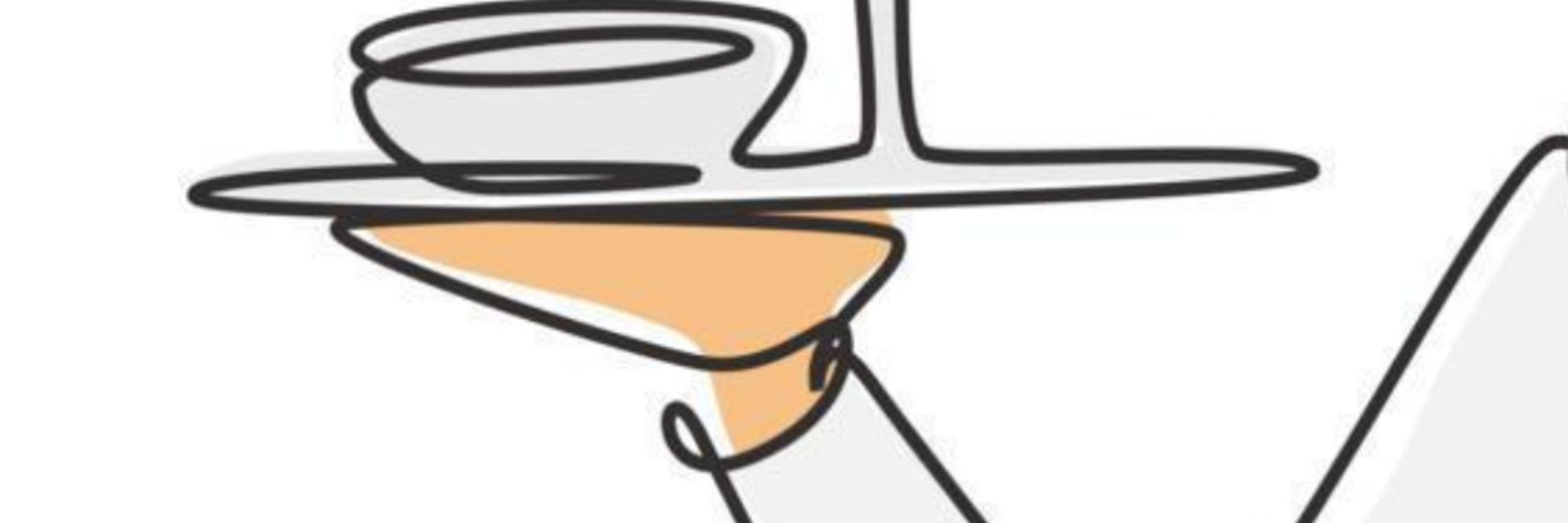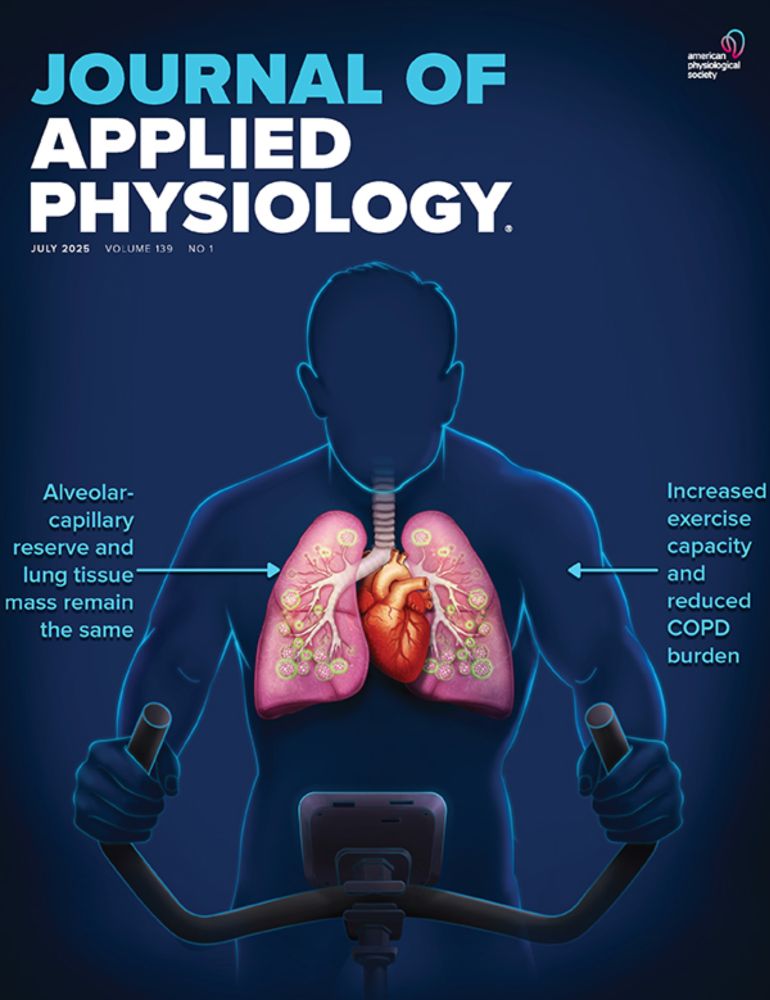
If you think the world doesn’t need Basic Science, or that somehow Science has failed you, think again.
#sciencematters

If you think the world doesn’t need Basic Science, or that somehow Science has failed you, think again.
#sciencematters
pmc.ncbi.nlm.nih.gov/articles/PMC...

pmc.ncbi.nlm.nih.gov/articles/PMC...
xkcd.com/3172/

xkcd.com/3172/
journals.physiology.org/doi/abs/10.1...
by @friedldegroote.bsky.social and colleagues

journals.physiology.org/doi/abs/10.1...
by @friedldegroote.bsky.social and colleagues
jamanetwork.com/journals/jam...

jamanetwork.com/journals/jam...
Couldn't that money better be invested elsewhere (and this is only one journal and one university...)
Couldn't that money better be invested elsewhere (and this is only one journal and one university...)
* p values are highly unrealiable - don't trust them, don't use them!
www.thenewstatistics.com
tiny.cc/osfsigroulette
#IRICSydney
pubmed.ncbi.nlm.nih.gov/27513978/

pubmed.ncbi.nlm.nih.gov/27513978/



a 🧵 1/n
Drain: arxiv.org/abs/2511.04820
Strain: direct.mit.edu/qss/article/...
Oligopoly: direct.mit.edu/qss/article/...




a 🧵 1/n
Drain: arxiv.org/abs/2511.04820
Strain: direct.mit.edu/qss/article/...
Oligopoly: direct.mit.edu/qss/article/...




a 🧵 1/n
Drain: arxiv.org/abs/2511.04820
Strain: direct.mit.edu/qss/article/...
Oligopoly: direct.mit.edu/qss/article/...



In this #ShortCommunications Stephens, @lenating.bsky.social and Cope (Emory University and Georgia Institute of Technology) question how can combinations of feedback from multiple propriosensor types signal muscle mechanical state variables for control.
📜 buff.ly/PLi6tYp



